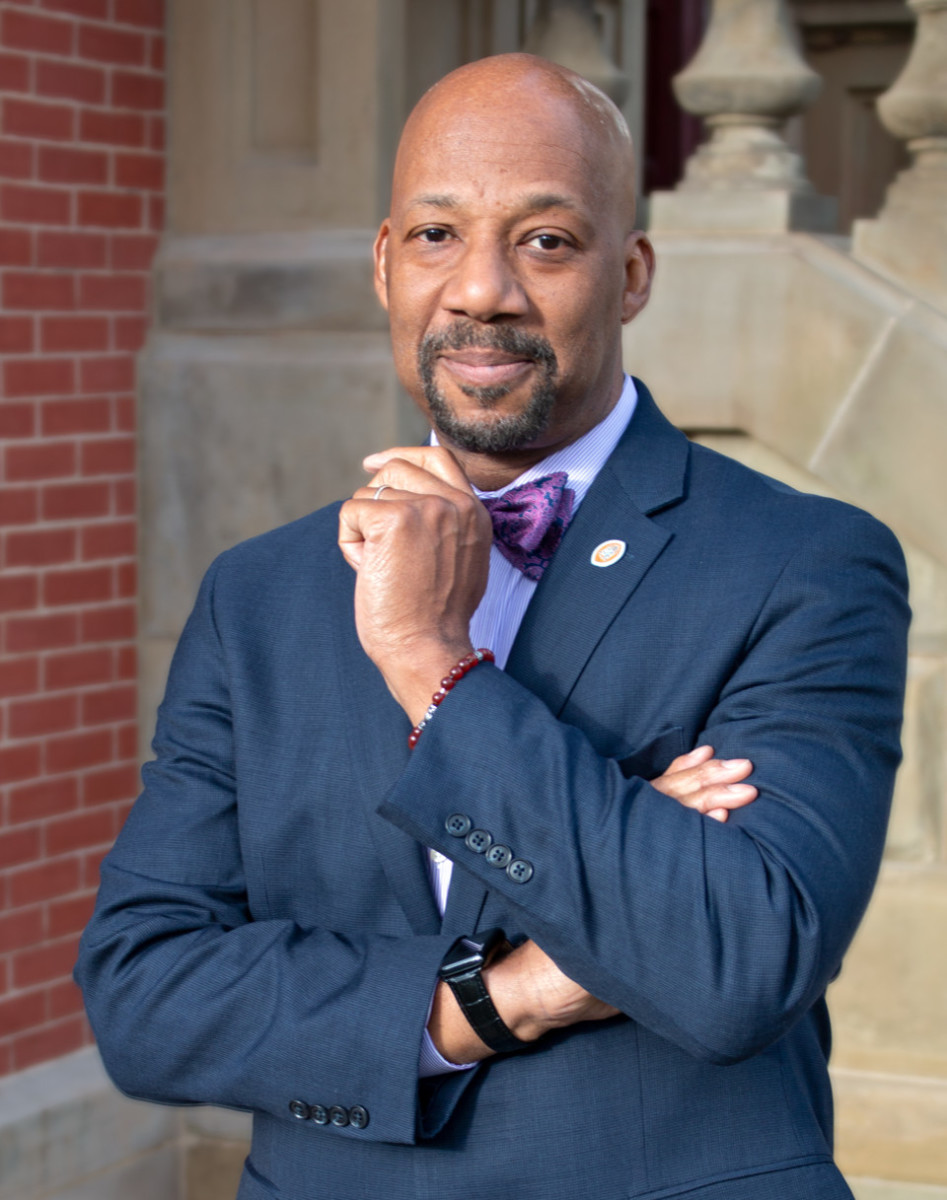Kintsugi is the ancient practice of repairing porcelain fractures with powder resin mixed with gold. The principle of kintsugi is that the repairs to the porcelain are a part of the history of the earthen vessel and must be shown and not hidden.
As a child growing up on the east side of Detroit, Michigan, I lived just around the corner from Pewabic Pottery on East Jefferson Avenue. One of my fondest memories is of taking a class there and realizing the healing that occurred when I worked with my hands to fashion a bird or pot from the clay.
What I learned at the Pottery (as we called it) and read in the Bible was that a flawed or broken piece of pottery was to be discarded. On the other hand, kintsugi allows the artist to repair the cracked pot and transform it from a broken vessel into a work of art, displaying its scars for all to see. Kintsugi serves as a perfect metaphor for my approach to race-based trauma.
This book is about counseling with African (Black), Latino/a/x, Native (Indigenous), and Asian Americans, or ALANAs, who face odds that are hard to beat and mountains too high to climb. Not only do they face the difficulties inherent to the experience of trauma, but they do so while experiencing systemic racism. The one exacerbates the other. Thus, any attempt to help or heal by a professional must take into consideration this intersectionality.
To account for the intersection of race and trauma means becoming a trauma-informed counselor. The oppressed are not human objects to be disposed of but precious human beings to be recrafted by the counselor and the Creator. ALANAs who have experienced racial trauma are vessels in need of repair (kintsugi), and the trauma-informed counselor works with ALANA clients to empower them in their interactions with race and trauma. A therapeutic blueprint that is equally trauma-informed must be adopted. Following this blueprint addresses the symptoms and causes resulting from the intersection of race and trauma.
Dominic, for example, did not know his Mexican American biological father. The sixteen-year-old lived with his African American mother, but because of his light complexion and curly hair, he identified as Latino or white. Dominic’s mother eventually brought him to counseling after his white girlfriend “dropped him for pretending” to be white. He was devastated by the breakup and blamed his mother.
As counseling began, it was clear that Dominic’s reaction to the breakup was more serious than he or his mother perceived. His symptoms included dreams and night terrors that were typically associated with traumatic events. Dominic was also avoiding school and “friends” on his football team. Moreover, he was having great difficulty regulating his emotions and reported wanting to kill himself.
As counseling continued, Dominic revealed that he had been bullied by teammates since starting high school. For two years he was called “Taco” and “Poncho” even when he yelled at them to stop. He also felt he was denied playing time because of his socio-race.
Dominic was blown away when his mother disclosed in counseling that his father had suffered similar night terrors and dreams after his second tour in Vietnam. He and the counselor discussed how the symptoms persisted in their family across generations and were layered by past and current violence and abuse. While Dominic was beginning to realize the impact of the race-based trauma he was experiencing, he was not fully open to delving deeper into the race and trauma issues in counseling.
Dominic graduated high school and joined the military. He served in Afghanistan and Iraq. Upon completion of his tour of duty, he was honorably discharged and returned home and was troubled about his direction in life. He was diagnosed by a Veterans Administration Hospital counselor with post-traumatic stress disorder (PTSD). Over the years, his marriage began to fail and his career began to falter.
He then reconnected with his counselor. As before, significant issues of race-based trauma surfaced, and Dominic was now ready to confront the matters of race and trauma. During those sessions, counselor and ALANA client focused on the similarities and differences between Dominic and his father. His father was invited into the sessions, and they discussed the intersections between race and his trauma. In time, Dominic improved his relationship with his wife, finished college, established a successful career, and purchased a home. Dealing with the race-based trauma was critical to Dominic’s healing.
*****
This is the introduction to Micah McCreary’s new book Trauma and Race: A Path to Wellbeing, (Fortress Press) one psychotherapist’s quest to tend the wounds of ALANA clients like Dominic and his family. All cases, stories, and illustrations in this book are composites of the many clinical situations in which this counselor has been graced to work.
Photo by Riho Kitagawa on Unsplash

